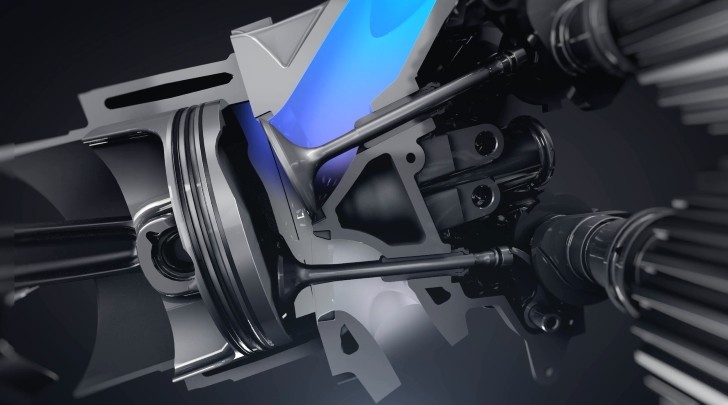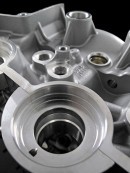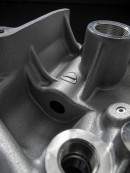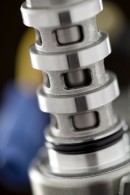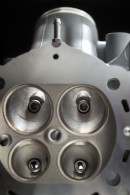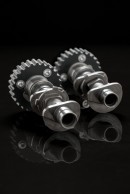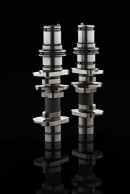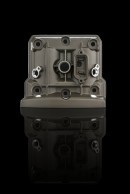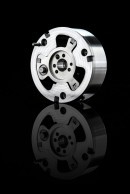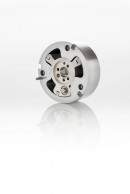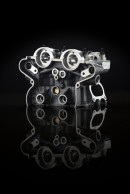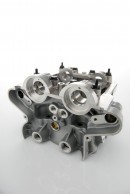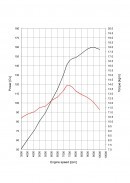Ducati has made public the new Variable Valve Timing technology we wrote about only two days ago. While one of the small mysteries was whether the D from the DVT acronym stood for Ducati, Dynamic or Desmodromic, it looks like those who placed their bets on the last option won.
The Desmodromic Variable Timing solution Ducati offers is the first one which involves adjusting both the intake and the exhaust camshafts. To take things even further in to the Star Trek territory, these adjustments can be made independently. The new Ducati Testastretta DVT engine is Euro 4 compliant and is intended to represent the platform for a completely new generation of power plants.
Ducati’s DVT technology is a continuously-variable one, with the variators integrated into the pulleys. In the absence of a fixed valve overlap, the response in smoother at various rpm values, no matter how low or how high. The torque is more evenly spread across the rev band, and despite the increased power, Ducati claim 8% better fuel efficiency.
The service intervals are 30,000 km (18,650 miles), and Ducati says that the engine will be perfect for a lot of applications. Will we see it in the 2015 1299 Panigale R? Follow our live EICMA reports and find out.
1198cc of dynamic valve timing
Testastretta DVT is an 1198cc mill which can produce 160 hp at 9,500 revs and a maximum torque of 136 Nm (100.2 lb-ft) at 7,500. The valves have desmodromic actuation and the engine has also been endowed with an anti-knock sensor, pretty much like the one in power plant of the all-new Kawasaki Ninja H2R.Ducati’s DVT technology is a continuously-variable one, with the variators integrated into the pulleys. In the absence of a fixed valve overlap, the response in smoother at various rpm values, no matter how low or how high. The torque is more evenly spread across the rev band, and despite the increased power, Ducati claim 8% better fuel efficiency.
The service intervals are 30,000 km (18,650 miles), and Ducati says that the engine will be perfect for a lot of applications. Will we see it in the 2015 1299 Panigale R? Follow our live EICMA reports and find out.
